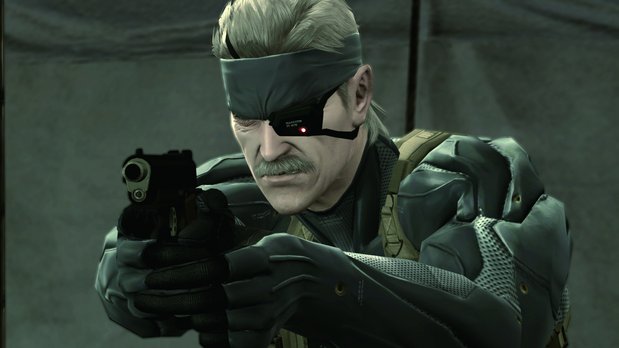The Top 7 Greatest gaming rebirths
In honor of the New Year, here's a look at the franchises that rose from their own ashes to become something completely different
2. Fallout 3
What it was: An isometric, PC-only RPG series set in a post-nuclear-war wasteland, Fallout quickly earned a level of infamy and renown for its detailed gore, wry sense of humor and moral choices that allowed players to commit acts as reprehensible as selling slaves and murdering children. Combat was turn-based and (in the second game, at least) focused on squad tactics, although talking your way through potentially tense situations also played a huge role, and the game wore its mature themes like a badge of honor. It also didn’t hurt that the world was surprisingly rich and compelling for a blasted wasteland, filled with memorable characters and interesting attempts at post-apocalyptic civilization.
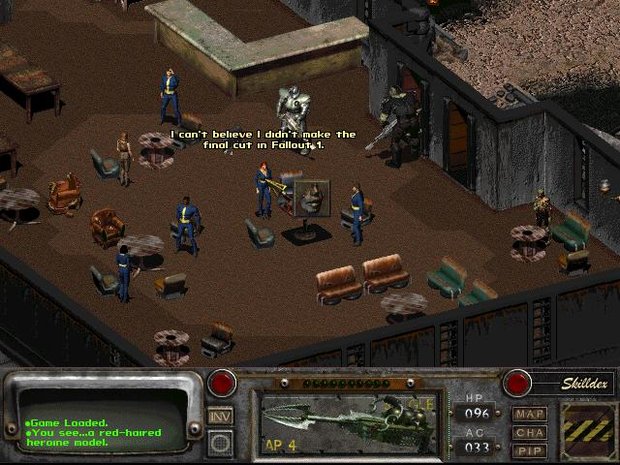
While Fallout was a hit with PC gamers, it wasn’t enough to lift the fortunes of its publisher, Interplay. In 2003, two years after the release of Fallout Tactics: Brotherhood of Steel, developer Black Isle was shut down, with Interplay itself to follow soon after. For a while there, Fallout’s prospects looked bleaker than those of its wasteland dwellers.
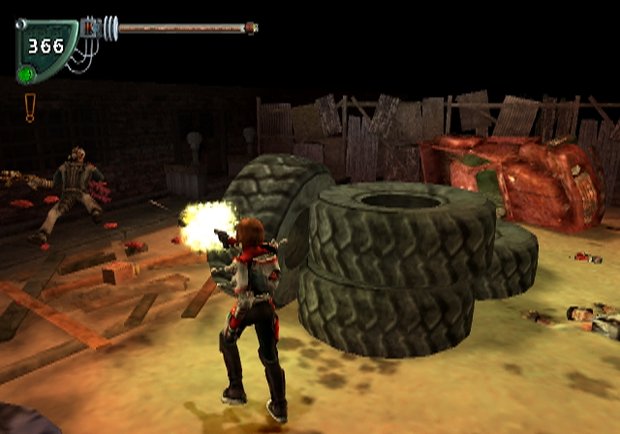
Above: And the console Brotherhood of Steel, released just before Interplay's 2004 closure, didn't help matters any
What it became: A few years after Interplay’s demise, we learned that the Fallout license was alive and well with Bethesda, creators of The Elder Scrolls. As was the case with Metroid Prime, however, the excitement of a new Fallout game was outweighed by the horror its fans expressed when they found out their beloved RPG would be reborn as an FPS (although FPRPG would be a better label).
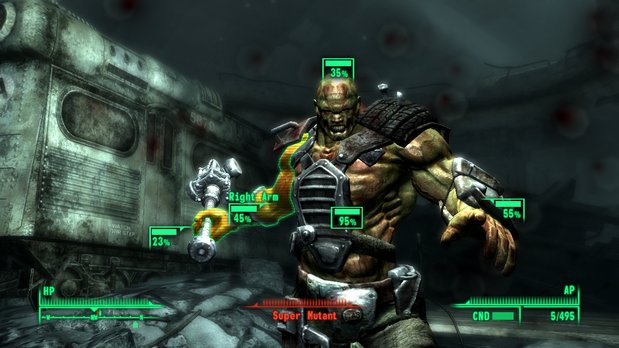
Most of them quieted down when they actually saw it, however. While the perspective had shifted and the gameplay was different, Fallout’s gruesome sensibilities and retro-futurist world remained intact, as did its system of Perks and uncomfortable moral decisions. And rather than giving over to twitchy FPS sensibilities, Fallout 3 opted for a hybrid of action and turn-based combat in the form of its Vault-Tec Assisted Targeting System (VATS). This enabled more strategy-minded players to simply freeze time and leisurely pick their targets, something that –when combined with the Bloody Mess perk – led to some of the most satisfying enemy deaths in any game, ever.
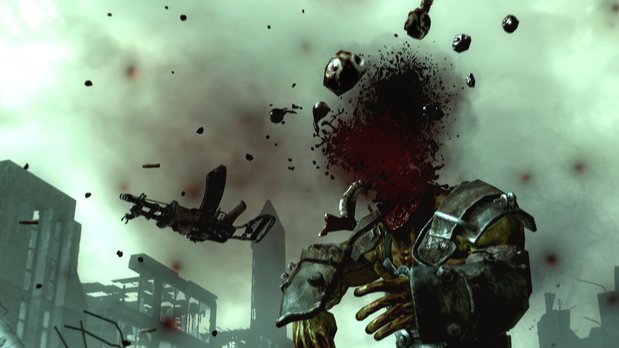
It also led to an extremely buggy but otherwise excellent sequel, New Vegas (made by Obsidian, the company that emerged from the ashes of original Fallout developer Black Isle), as well as a ton of DLC expansions. It may not be the Fallout that some old-school fans still cling to, but it definitely looks like it’s here to stay.
1. Metal Gear Solid
What it was: The story of the original Metal Gear is a little complicated; for starters, the original was actually two games. The first one, made by series creator Hideo Kojima, was a complex, quasi-open-world spy adventure for the EU/Japan-only MSX2 computer. The second one was a stripped-down NES port that, despite being made without Kojima’s involvement, nevertheless drew a strong following in the US. Inferior version or no, a hugely varied stealth-action game like Metal Gear – in which a lone, underpowered commando had to survive through stealth and clever use of gadgets – was unlike anything else on consoles in 1988, and it was considered brilliant.
Sign up to the GamesRadar+ Newsletter
Weekly digests, tales from the communities you love, and more
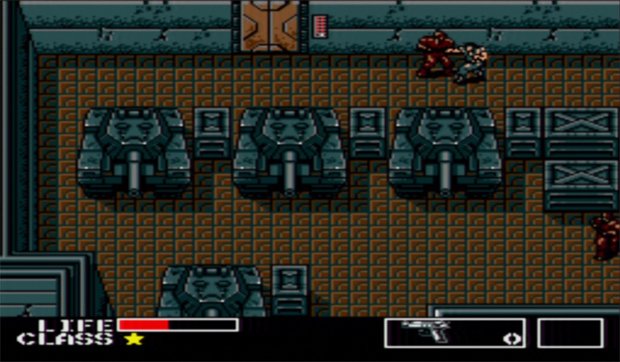
Above: Kojima's "real" Metal Gear on MSX
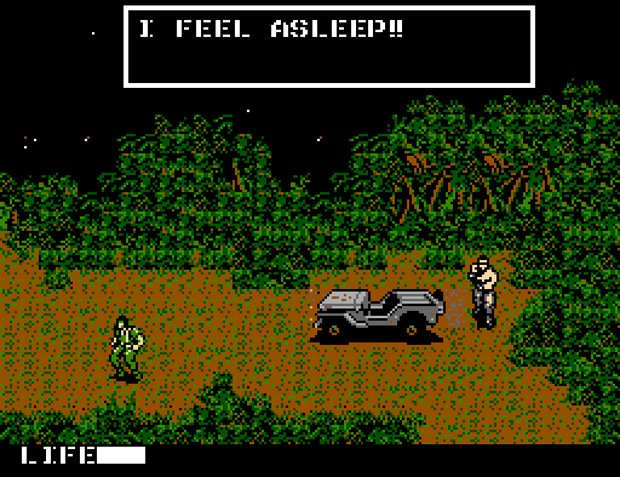
Above: The one we all remember in spite of it
Metal Gear’s success didn’t escape publisher Konami, which produced a sequel, Snake’s Revenge, two years later. Sadly, western gamers once again got the short end of the stick here; while the non-canon Snake’s Revenge came and went with all the sloppy impact of a wet fart, the real sequel, Metal Gear 2: Solid Snake, was released exclusively in Japan, again for the MSX2. And while MG2 is widely considered fantastic, the rest of the world had a long wait before it’d see Solid Snake in another game. Eight years, in fact.
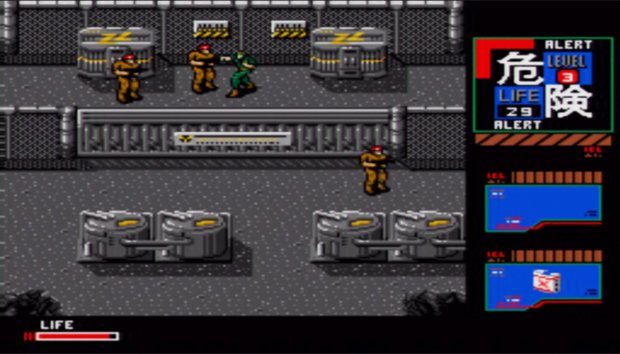
What it became: Surprisingly, Metal Gear Solid didn’t change as much about the original games as you might think. Oh sure, it sported brilliant-for-its-time 3D graphics, and it was a much more cinematic, character-driven game than any of its 8-bit predecessors. Beyond that, however, MGS was still a top-down game about a lone commando sent into enemy territory with nothing but his wits and a smuggled pack of cigarettes. The gameplay was similar, too, and in fact MGS borrowed a lot of elements from Metal Gear 2, including its initial base infiltration via air duct and its boss fight against a Hind chopper.
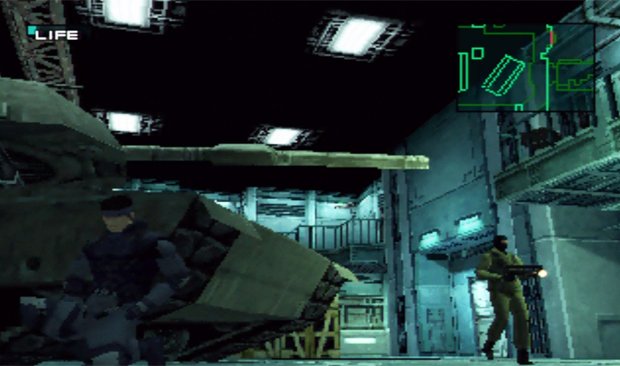
While MGS wasn’t the total overhaul so many of the other entries were, it was nonetheless a huge rebirth, rocketing a series that had been dormant for nearly a decade back into the limelight. MGS became so beloved, in fact, that it made the originals obsolete, redefined the direction of the series, spawned numerous critically acclaimed sequels (along with a few less-critically acclaimed spinoffs) and made Kojima an indelible household name among gamers. Not a bad comeback for a franchise that looked dead in the water 20 years ago.
